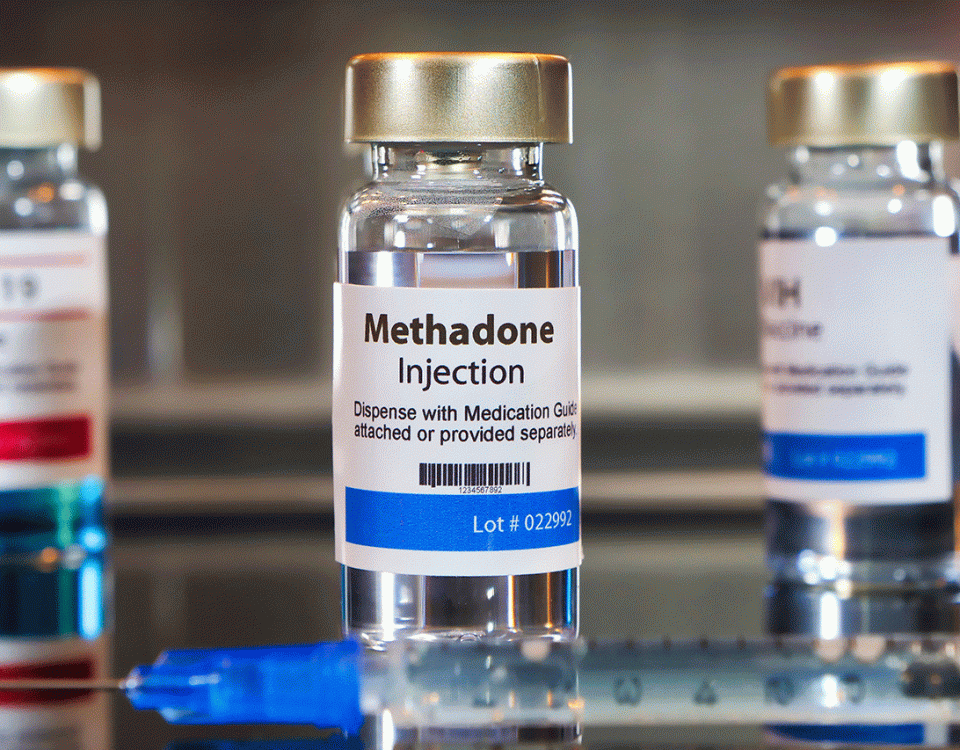Law enforcement officers devote their lives to the service and protection of their communities. They deal with countless risks and dangers while they perform their duties each day. One insidious threat, fentanyl, has recently surfaced among the various dangers they regularly face. Although the terrible effects of fentanyl addiction are well known, the increasing increase in incidents of police personnel being exposed to this toxic narcotic has created a new set of difficulties. Banyan Treatment Centers Massachusetts explores the pervasive risks of fentanyl police exposure, highlighting the dangers they confront on the front lines and the pressing need for education, training, and safety precautions to address this escalating issue.
What Is Fentanyl Exposure?
Fentanyl exposure is the term used to describe the unintended ingestion or interaction of fentanyl or its analogs by people, especially law enforcement agents, who come into contact with this potent synthetic opioid while performing their duties. An extremely powerful opioid, fentanyl is said to be up to 100 times more potent than morphine and 50 times stronger than heroin. Fentanyl was initially created as a potent pain reliever, but it has since garnered a reputation for being abused and contributing to an increase in overdose deaths.
In order to provide early intervention and medical care, fentanyl exposure detection is essential. Law enforcement personnel must be knowledgeable about the symptoms and warning signals that could point to fentanyl exposure. Depending on the degree of exposure and personal susceptibility, these symptoms can change.
Signs of Fentanyl exposure include:
- Respiratory distress: Exposure to fentanyl can cause respiratory depression, which can cause shortness of breath, difficulty breathing, or even complete respiratory failure. Officers who suddenly have trouble breathing or see a fellow officer having trouble breathing should think about fentanyl exposure.
- Confusion and dizziness: Fentanyl's effects on the central nervous system can cause confusion, disorientation, and dizziness. Officers should be cautious about potential exposure if they suddenly get confused, move clumsily, or have poor coordination after coming into contact with a suspect’s material.
- Nausea and vomiting: Gastrointestinal issues like nausea and vomiting are not uncommon in cases of exposure. Officers should take such a possibility into account if they suddenly develop severe nausea or notice others displaying the same symptoms.
- Skin rashes or irritation: Direct contact with fentanyl or its remnants might result in skin irritation, redness, or rashes. If law enforcement personnel have any odd skin reactions after handling questionable chemicals, they should exercise caution.
- Cardiac Issues: Fentanyl exposure can cause variations in blood pressure and heart rate. Following exposure to suspicious material, officers who develop an abnormal heartbeat, chest pain, or a racing heart should seek emergency medical assistance.
It is crucial to remember that these signs and symptoms will not appear right away after exposure, and the severity of the effects may differ based on the dose, exposure route, and individual sensitivity. Law enforcement organizations must ensure that their officers receive the right instruction and are given the tools they need to minimize the hazards connected with fentanyl interactions because fentanyl exposure can be fatal.
Addressing Fentanyl Exposure in Police
Given the expanding prevalence of fentanyl in illegal drug markets and the increasing number of fentanyl exposure cases, it is critical that law enforcement organizations take proactive measures to protect their officers. Recognizing the enormity of the situation, several police agencies and organizations have begun establishing comprehensive anti-fentanyl programs.
In order to combat fentanyl police exposure, education and training must come first. The most recent information on fentanyl, its potential risks, and the correct procedures for addressing and responding to fentanyl-related occurrences must be made available to officers by law enforcement organizations. Training should cover identifying the symptoms of fentanyl exposure, using protective measures such as wearing the proper personal protective equipment (PPE), and executing cleaning procedures, to reduce the risk of subsequent exposure.
The availability of proper tools and resources to improve officer safety is equally important. This includes having access to top-notch breathing equipment, such as N95 masks or respirators made specially to remove fentanyl particles. Agencies should also invest in specialized drug testing tools that can detect fentanyl and its analogs in the field with speed and accuracy. Agencies can dramatically lower the danger of fentanyl police exposure by providing officers with the required equipment.
Law enforcement authorities, public health groups, and other pertinent parties must work together and share information. For the creation of coordinated response strategies, the transmission of critical information regarding new fentanyl trends, and the exchange of best practices, strong partnerships must be established. By pooling resources and expertise, a collective effort can be made to address the pervasive dangers of fentanyl police exposure effectively...
Massachusetts Drug Addiction Help for You
The risks of fentanyl are not lost on our treatment professionals. As exposure to these substances continues to present risks, we are working to provide the resources necessary to help those affected. If someone you know is struggling with an addiction to fentanyl or similar drugs, our Banyan rehab in Massachusetts offers an excellent opioid treatment program that can help.
Call us today at 888-280-4763 to learn more about our options for Massachusetts addiction treatment and how they can help you or your loved one recover from the havoc of fentanyl and other opioids.
Related Reading









